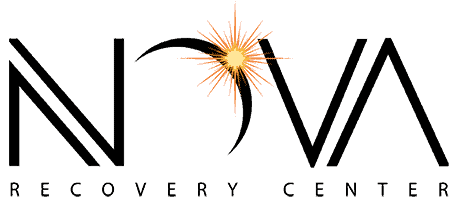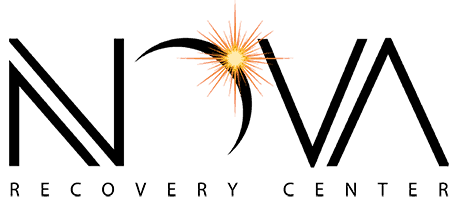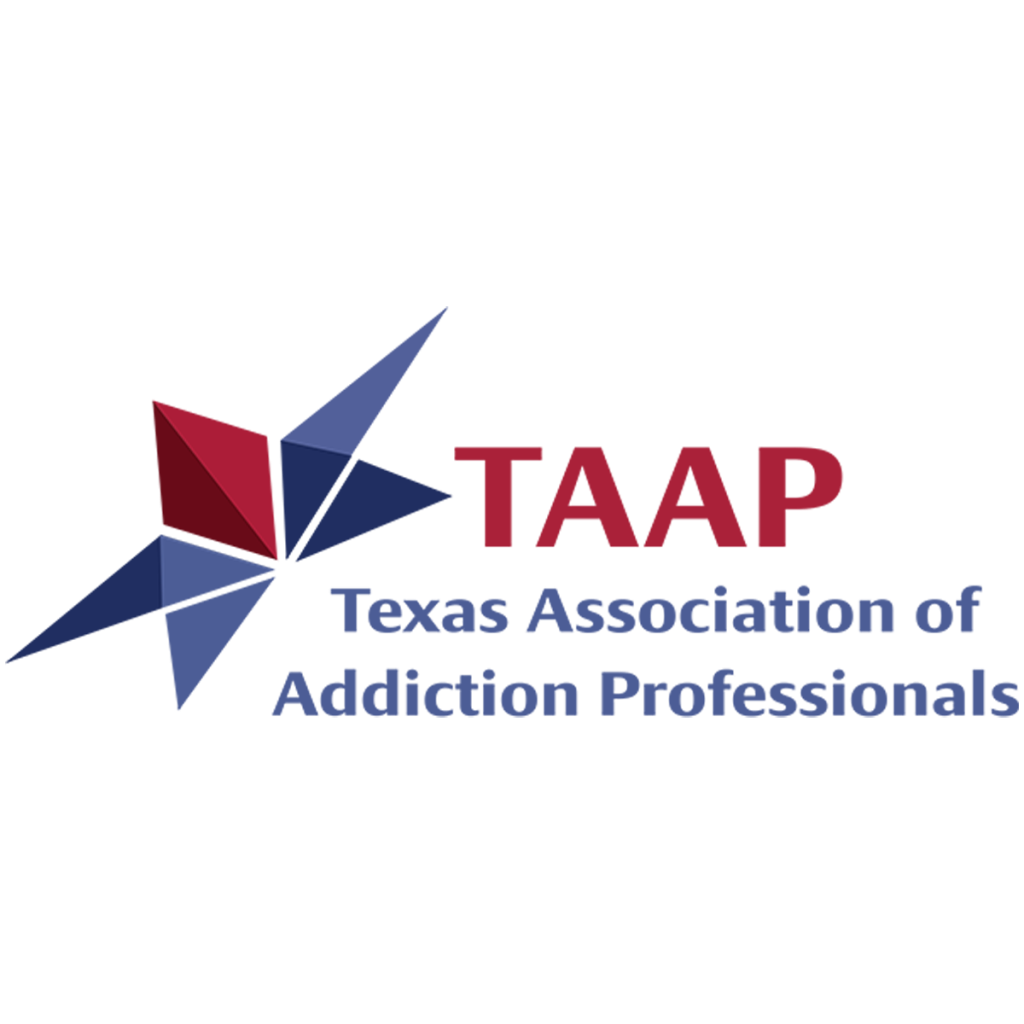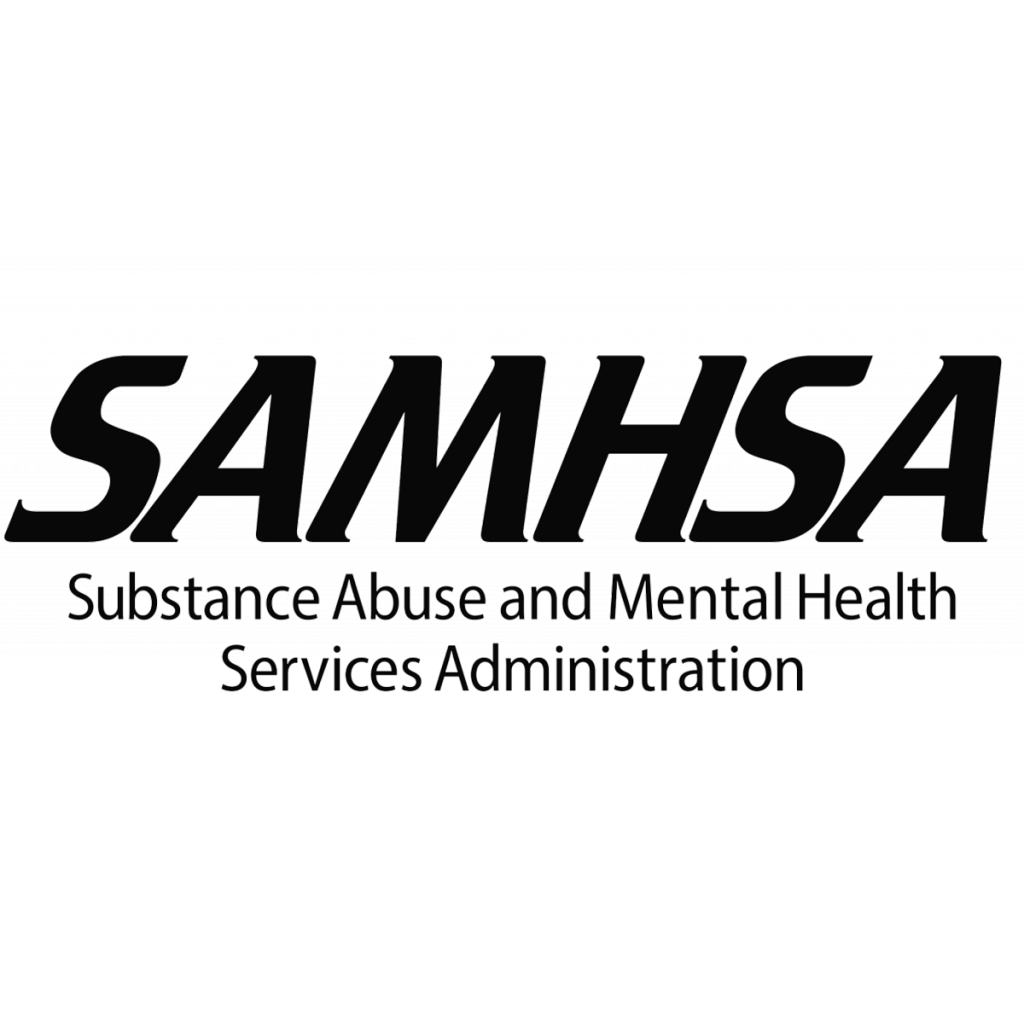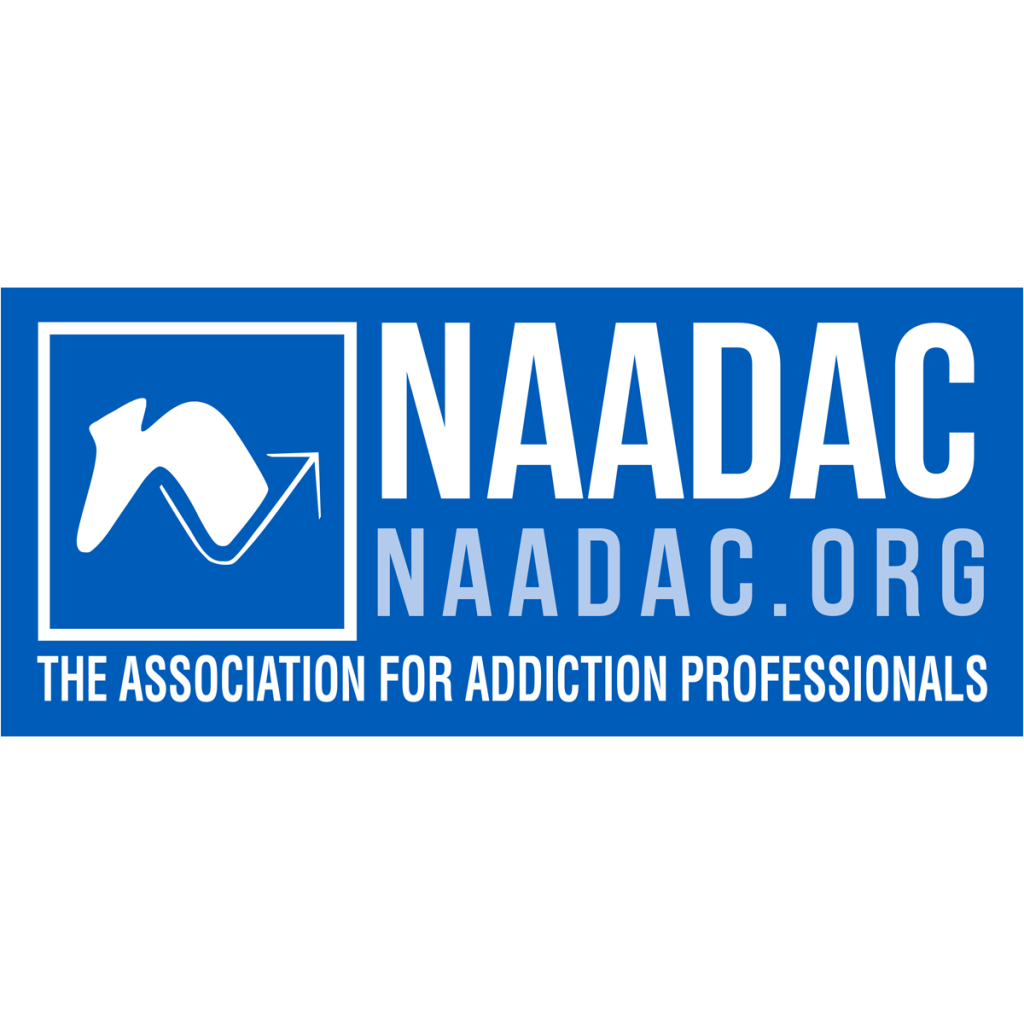Prescription Stimulants
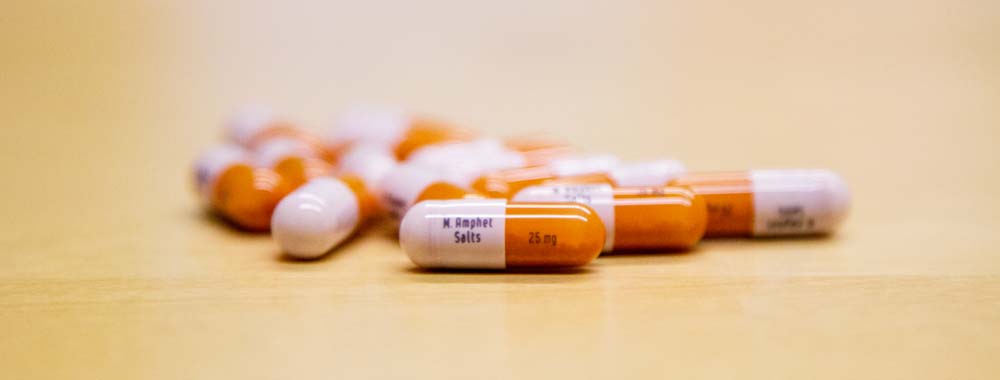
Prescription Stimulant Addiction: Side Effects, Detox, Withdrawal, and Treatment

What are Prescription Stimulants?
Prescription stimulants are medicines that can only be obtained with a prescription from a doctor. Aptly named, these drugs work by “stimulating” various body processes, increasing dopamine and norepinephrine activity in the brain, which, in turn, increases blood pressure, heart rate, blood flow, and blood sugar. In addition to increasing alertness, energy, and attention, prescription stimulants also produce a feeling of euphoria.
There are two main types of prescription stimulants that are commonly prescribed by doctors:
- Amphetamines (Adderall and Dexedrine): Used to treat ADHD
- Methylphenidate (Ritalin and Concerta): Used to treat narcolepsy or depression
Prescription stimulants are typically taken in pill form, but people who abuse them may crush the pills and snort the powder or dilute the powder in water or alcohol and inject it to get high. Many people also misuse them by taking another person’s prescription, taking the pills just to get high, using the pills to increase their performance at work or school, or taking the pills with alcohol or other drugs.
Prescription stimulants can be very addictive, especially if you abuse them on a long-term basis. The DEA classifies them as Schedule II substances and long-term abuse of these drugs can cause physical tolerance, dependence, addiction, and other serious psychological problems.
How Common Is Prescription Stimulant Abuse in the U.S.?
Prescription stimulant abuse is rampant in America. Because they are prescribed by doctors and are easy to get, these drugs are typically perceived as being very safe. However, prescription stimulants like Adderall and Ritalin still have a high potential for abuse and many people taking them for medical purposes misuse them.
For example, one study published by The Medscape Journal of Medicine found that 14 percent of clients at an ADHD treatment center abused prescription stimulants and 39 percent abused illegal stimulants like cocaine and/or amphetamines.
Prescription stimulant abuse is also extremely common in the professional world, and among college students, athletes, and performers. Since these drugs increase wakefulness and may enhance mental concentration and performance, they are especially attractive to individuals who need to achieve a certain level of productivity to be successful, such as college students, overworked professionals, or athletes.
According to CVS Health, one in five college students reported abusing prescription stimulants at least once. Additionally:
- 56 percent of college students said it was easy to get prescription stimulants that were not prescribed for them by a doctor
- 58 percent of college students said they have friends who abuse prescription stimulants
- 28 percent of college students share their own prescription stimulants with friends
- 52 percent of college students also report being pressured by friends to share or sell their prescription stimulants
Although many students and professionals abuse prescription stimulants to improve their performance, long-term abuse of these drugs can actually have the opposite effect. Once a person is no longer able to get prescription stimulants, he or she may also begin abusing illegal stimulants like cocaine or methamphetamine instead.
[sc name=”phoneinsurancecta” ]What Are the Side Effects of Prescription Stimulant Addiction and Abuse?
Some of the most harmful side effects of prescription stimulant abuse are:
- Irregular heartbeat
- Increased blood sugar
- Increased heart rate and blood pressure
- Increased respiration
- Dramatic behavioral changes
- Nausea and vomiting
- Malnutrition
- Stomach pain
- Digestive issues
- Circulation problems
- Seizures
- Stroke
- Heart failure
What Are Common Signs and Symptoms of Prescription Stimulant Addiction and Abuse?
If you believe a loved one is abusing prescription stimulants, certain signs and symptoms may give it away. Some common physical signs of prescription stimulant abuse and misuse may include:
- Paranoia
- Picking at the skin
- Increased talkativeness and/or sociability
- Violent or erratic behavior
- Extreme self-confidence
- Decreased appetite/ weight loss
- Dilated pupils
- Auditory and visual hallucinations
If a person is addicted to prescription stimulants, you may also notice that they do some or all of the following things:
- Visiting several different doctors to get prescriptions for stimulants
- Taking or buying prescription stimulants from a friend or family member
- Self-medicating with prescription stimulants
- Taking larger or more frequent doses of prescription stimulants than recommended
- Using prescription stimulants with alcohol or other drugs
- Stealing prescription stimulants from a pharmacy, hospital, or doctor’s office
What Are Legal and Physical Consequences of Prescription Stimulant Abuse?
Just because prescription stimulant drugs are legal, doesn’t mean there are no consequences for abusing them. On the contrary, prescription drug abuse comes with many severe and life-changing consequences, like:
- Getting a DUI – If you are driving under the influence of prescription drugs, you can get a DUI, which can result in large fines or even jail time.
- Jail time – If you choose to forge prescriptions for yourself or someone else, you can get a six to 12 month-sentence in jail.
- Felony charges – Sharing you prescription stimulants with anyone whose name is not on the bottle (anyone who is not you) is punishable by felony, which will affect future employment and education opportunities and will stick with you for life.
- Financial problems – If you spend all your money buying prescription stimulants from a dealer, you’ll be plagued by financial problems, which can be difficult to come back from.
Commonly Abused Prescription Stimulants
Some of the most commonly abused prescription stimulants include:
- Adderall
- Dexedrine
- Ritalin
- Concerta
What Are Prescription Stimulant Withdrawal Symptoms?
If someone abuses prescription stimulants for a long time or in large quantities, they are likely to develop a physical dependence on the drugs. Therefore, when they try to quit or abruptly stop using stimulants, they’ll experience uncomfortable withdrawal symptoms.
Common prescription stimulant withdrawal symptoms include:
- Dysphoric mood
- Anxiety
- Agitation or irritability
- Fatigue
- Unpleasant dreams
- Insomnia or excessive sleep
- Increased appetite
- Depression
- Chills
- Cravings
- Memory problems
Stimulant Withdrawal Timeline
If you’re struggling with stimulant addiction, you might be wondering how long stimulant withdrawal lasts. After all, it can be a major deterrent to getting sober for many people.
Generally speaking, the duration and severity of stimulant withdrawal symptoms vary from person to person. It largely depends on what type of stimulant(s) they have been misusing, how often they abuse them, how much they take each time, whether they’re also abusing other substances, and several other individual factors.
However, despite these differences, stimulant withdrawal generally follows the timeline below.
- 1-3 days after the last dose: After you stop using stimulants, you’ll experience a “crash.” Symptoms often include anxiety, agitation, and strong cravings. After this initial crash, you’ll likely feel exhausted and depressed. You might also experience some eye twitching, uncontrollable jerky movements, feel very irritable, become paranoid, or experience delusions.
- 4-10 days after the last dose: This stage of stimulant withdrawal is typically characterized by extreme exhaustion and fatigue. However, it’s normal to experience insomnia too. After about 7 days of stimulant withdrawal symptoms, most people start to feel better and the symptoms subside. However, your cravings may intensify and some people develop severe depression.
- 11-17 days after the last dose: Insomnia may persist, even after you complete a stimulant detox program, and you may still feel depressed. Many people also experience mood swings.
Even as many as 18 days after stimulant detox, you may still suffer from lingering stimulant withdrawal symptoms (known as PAWS). These symptoms are typically mild and will continue to fade with time. Depression and cravings may also linger, which may require professional treatment.
Prescription Stimulant Detox Programs
Stimulant detox and withdrawal can be very difficult to complete on your own. Since stimulant withdrawal symptoms are often very uncomfortable, many people give in and start using stimulants or other drugs again to avoid the discomfort.
If you aim to get sober for good, a stimulant detox program can help. Medically-assisted stimulant detox provides round-the-clock medical and clinical monitoring and medicated treatment to reduce the severity and discomfort of stimulant withdrawal. This can help you stay sober even through the worst of it.
Although stimulant detox will help you get through withdrawal, it’s not a cure for stimulant addiction. You’ll likely need to complete an ongoing stimulant treatment program in rehab to address the underlying causes of your addiction and modify harmful behaviors with therapeutic interventions. After you complete stimulant detox, your treatment team can provide trusted referrals for structured stimulant treatment programs like inpatient or outpatient rehab.
Treatment Options for Prescription Stimulant Addiction
Although prescription stimulant addiction is a major problem in the U.S., a long-term comprehensive stimulant treatment plan comprised of drug detox, residential rehab, sober living, and aftercare is an effective way to overcome prescription drug abuse and addiction.
Often, residential stimulant rehab is ideal for those with severe addiction, as it provides a high level of structure and support in early recovery. Otherwise, outpatient stimulant rehab is a great option for those who need to work or attend school while they complete rehab.
Depending on what type of stimulant rehab you choose, the cost can vary greatly. However, there are many different ways to pay for stimulant rehab, including (but not limited to):
- Health insurance benefits
- Employee Assistance Programs (EAPs)
- Financed healthcare loans
- HSA funds
- Medical credit cards
- Scholarships and grants
- Personal loans from family or friends
After stimulant rehab, enrolling in a sober living home can also help you adjust to your new sober life by providing an affordable, sober, and supportive place to live. Many sober living homes also provide recovery support services like:
- Drug testing
- Peer recovery support programming
- Employment assistance
- Volunteer placement
- Educational planning
The recovery process is an ongoing effort that must continue even after professional stimulant treatment is over, but with the right support, long-lasting sobriety is possible. Call Nova Recovery Center today to learn more about our drug rehabilitation program for adults.
References:
- https://teens.drugabuse.gov/drug-facts/prescription-stimulant-medications-amphetamines
- https://www.drugabuse.gov/publications/drugfacts/prescription-stimulants
- http://headsup.scholastic.com/students/prescription-stimulants
- https://www.ncbi.nlm.nih.gov/pmc/articles/PMC2438483/
- https://cvshealth.com/thought-leadership/prescription-stimulant-abuse
- https://www.dea.gov/sites/default/files/sites/getsmartaboutdrugs.com/files/publications/DoA_2017Ed_Updated_6.16.17.pdf#page=50
- https://www.drugfreeworld.org/drugfacts/prescription/stimulants.html
Nova Recovery Center offers a large range of substance abuse treatment services: detox, residential, outpatient and sober living.
Treatment Options
Treatment Locations
Call Us Now and Begin Healing at (512) 605-2955
Or text us and we will call you right back.
Not quite ready for a call? You can fill out the form below.
What Makes Us Different
- Gender-specific treatment
- Evidenced-based treatment
- 12-Step immersion
- 90-day residential treatment
- Family program
- Full continuum of care
- Insurance and private pay
100% Confidential Guarantee
Confidential Consultation
Nova Recovery Center is dedicated to helping you or your loved one get help. Please call or fill out this form for a confidential consultation.
One of our understanding, dedicated advisors will contact you about your options. Begin healing today.
Nova Recovery Center is dedicated to helping you or your loved one get help. Please call or fill out this form for a confidential consultation. One of our understanding, dedicated advisors will contact you about your options. Begin healing today.
